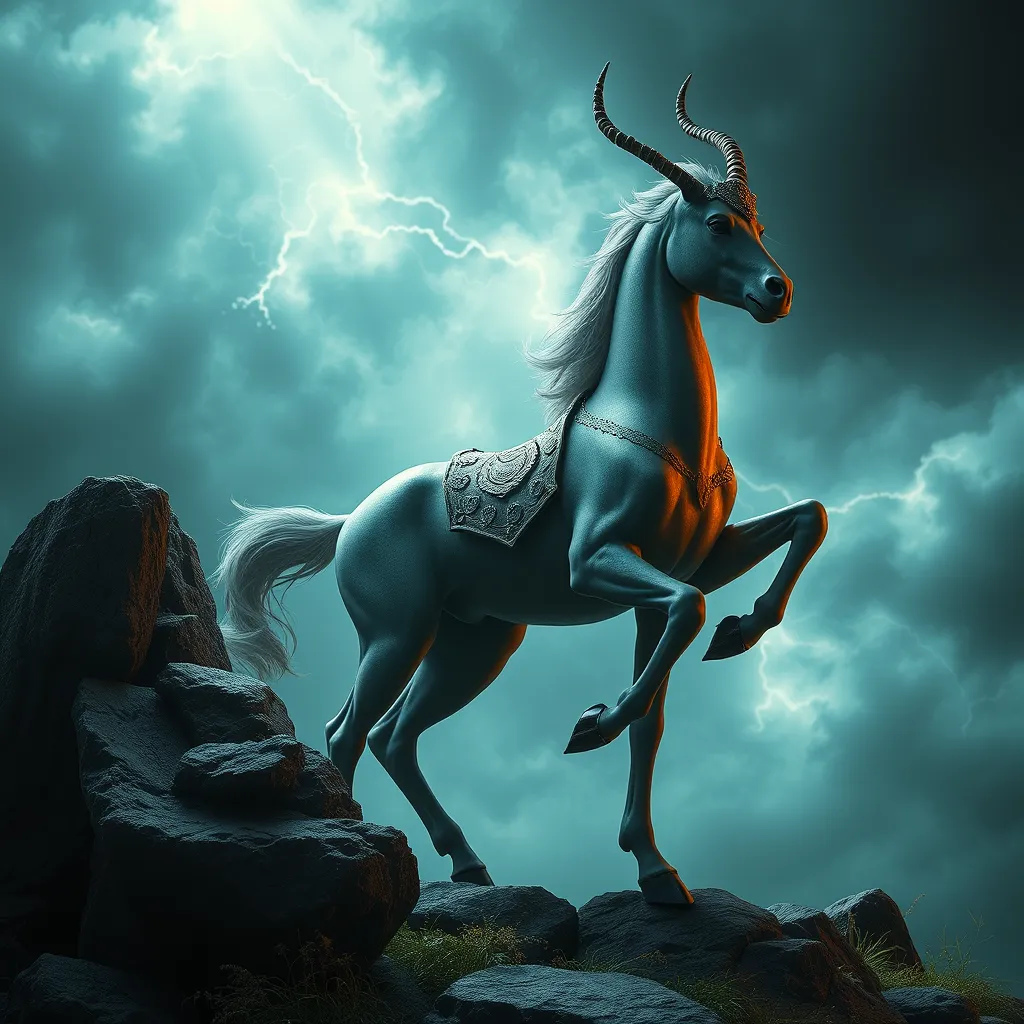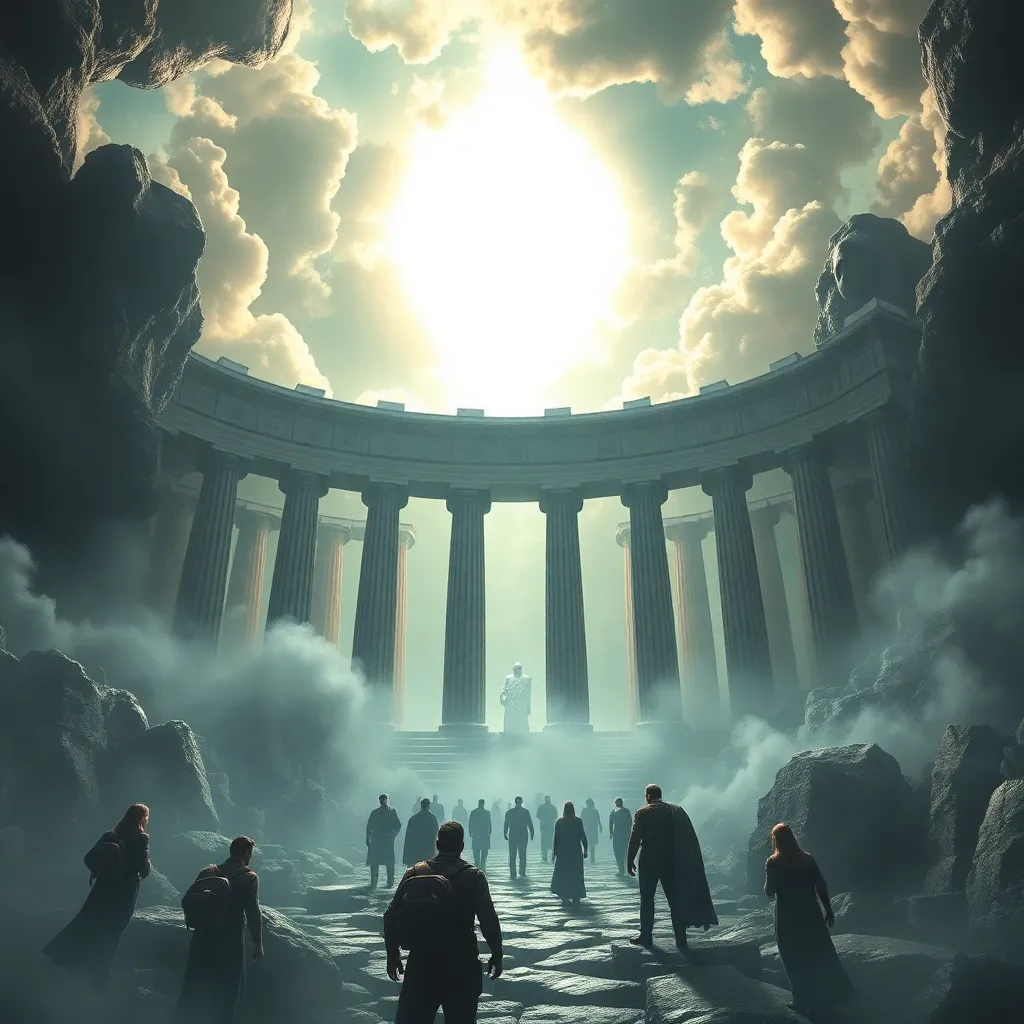Cipactli and the Serpent: Unraveling the Symbols of Creation in Aztec Iconography
I. Introduction
Aztec mythology is a rich tapestry of creation stories that embody the beliefs and values of the Aztec civilization. Among the most significant figures in these narratives are Cipactli, the Earth Monster, and various serpentine deities. These symbols serve as foundational elements in the Aztec cosmology, representing the dualities of life and death, chaos and order, and the cyclical nature of existence.
The purpose of this article is to explore the intricate relationship between Cipactli and the serpent within Aztec creation myths, their symbolic meanings, and their artistic representations. By delving into these themes, we aim to shed light on the profound impact these symbols had on the Aztec worldview and their lasting legacy in contemporary culture.
II. The Concept of Creation in Aztec Mythology
Creation myths in Aztec culture are not just stories; they are fundamental narratives that explain the origins of the world and humanity. Central to these myths is the interplay of gods and primordial beings who engage in a cosmic dance of creation and destruction.
Some key aspects of Aztec creation myths include:
- The existence of multiple worlds and the cyclical nature of time.
- The role of deities such as Tezcatlipoca, Quetzalcoatl, and Huitzilopochtli in shaping the cosmos.
- The emergence of humanity from the remnants of previous worlds.
Symbols play a crucial role in conveying these myths, with each creature, god, and element representing deeper truths about existence and the human condition.
III. Cipactli: The Earth Monster
Cipactli, often depicted as a giant crocodile or as a creature with reptilian features, holds a vital position in Aztec creation stories. According to myth, Cipactli was a primordial entity that existed before the current world, embodying chaos and the raw elements of the earth.
Key characteristics of Cipactli include:
- Her form is described as that of a monstrous beast, symbolizing untamed nature.
- She is often associated with the earth and is believed to have given birth to the various elements of the world.
- Cipactli represents the notion of sacrifice, as she was eventually defeated by the gods to create the earth.
In Aztec culture, Cipactli symbolizes the foundational chaos from which order is formed. Her struggle and subsequent defeat highlight the importance of sacrifice and the necessary balance between destruction and creation.
IV. The Serpent: A Multifaceted Symbol
In Aztec iconography, serpents appear in various forms, each with its own meaning. They are often associated with gods such as Quetzalcoatl, the Feathered Serpent, and represent a range of concepts from fertility to warfare.
Some representations of serpents in Aztec art include:
- Feathered Serpents, symbolizing the connection between the earth and the sky.
- Serpents in rituals, embodying the idea of rebirth and transformation.
- Serpentine motifs in architecture, signifying power and divinity.
The serpent is a potent symbol of rebirth and transformation, reflecting the duality of life and death. In Aztec thought, serpents embody the cycle of nature, representing both the destructive and nurturing aspects of existence.
V. Interpreting the Relationship Between Cipactli and the Serpent
The narratives of creation involving Cipactli and serpents illustrate a complex interplay between chaos and order. In some myths, Cipactli is depicted as a foe to the gods, while serpents often symbolize divine intervention and transformation.
Key aspects of their relationship include:
- The narrative of creation that describes how Cipactli was defeated by gods such as Tezcatlipoca, leading to the emergence of the world.
- The symbolism of Cipactli as chaos, countered by the serpent’s representation of rebirth and continuity.
- A comparative analysis reveals how both figures illustrate essential truths about Aztec spirituality and the cyclical nature of existence.
VI. Artistic Depictions in Aztec Art
Aztec art is a visual manifestation of their mythology, with numerous artifacts showcasing Cipactli and serpentine forms. These artistic representations serve to communicate the narratives of creation and the significance of these symbols in Aztec culture.
Some notable artistic features include:
- Reliefs and sculptures depicting Cipactli, often emphasizing her monstrous attributes.
- Paintings and murals that feature serpents intertwined with other deities, highlighting their roles in creation.
- Use of vibrant colors and intricate patterns to convey the dynamism of Aztec cosmology.
The techniques employed in Aztec iconography reflect their advanced understanding of art and symbolism, allowing them to convey complex narratives and beliefs through visual means.
VII. Modern Interpretations and Cultural Impact
The symbols of Cipactli and the serpent continue to resonate in contemporary art and culture, influencing modern interpretations of Aztec mythology. Artists and spiritual practitioners draw upon these ancient symbols to explore themes of identity, rebirth, and the connection to nature.
Key aspects of their modern relevance include:
- Contemporary art that incorporates Aztec motifs, celebrating indigenous heritage and cultural pride.
- Spiritual practices that invoke the symbolism of Cipactli and serpents to explore personal transformation and ecological awareness.
- The ongoing efforts to preserve and revitalize Aztec heritage through education and cultural events.
VIII. Conclusion
In summary, the exploration of Cipactli and the serpent reveals profound insights into Aztec creation myths and cosmology. These symbols encapsulate the dualities of existence, emphasizing the intricate balance between chaos and order, destruction and creation.
The enduring legacy of these figures in modern culture highlights the importance of understanding and appreciating ancient mythologies. As we delve deeper into the stories and symbols of the past, we enrich our connection to human history and the shared experiences that shape our world today.
![]()


